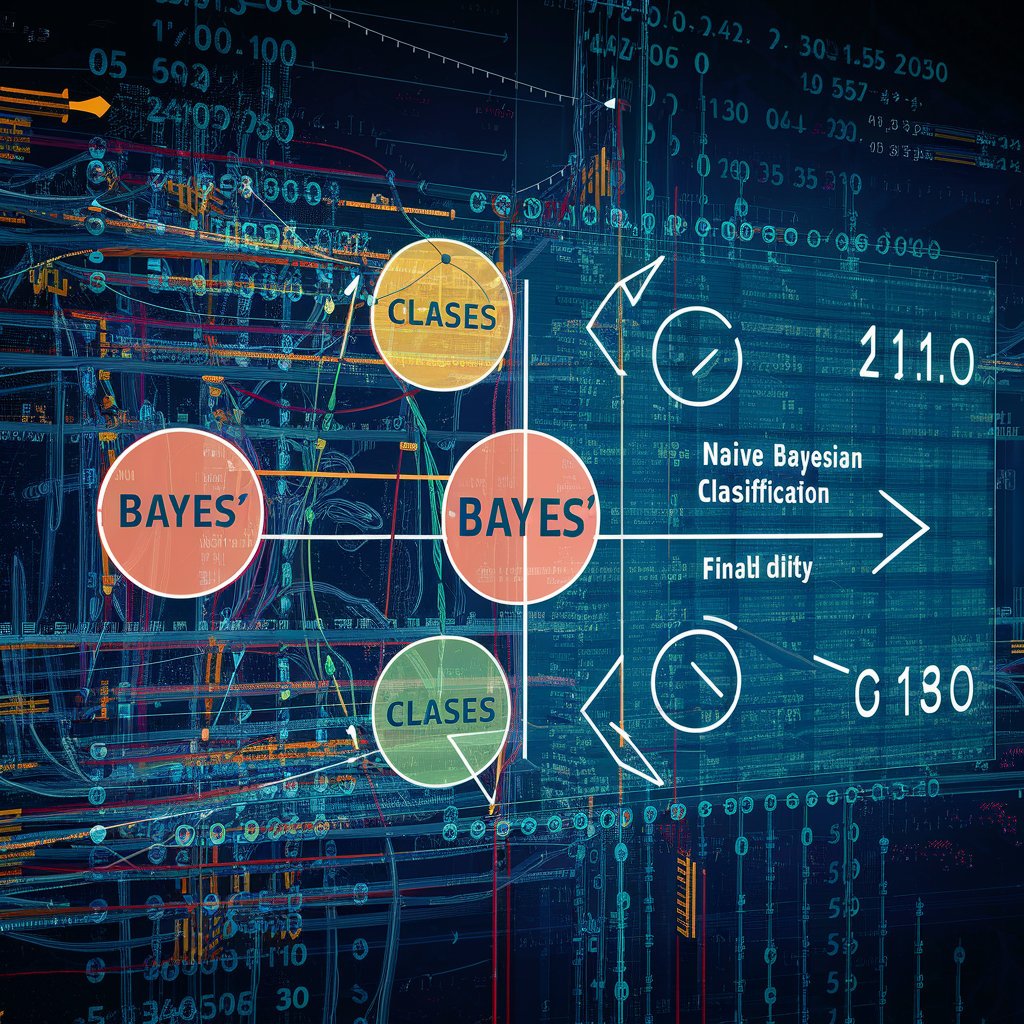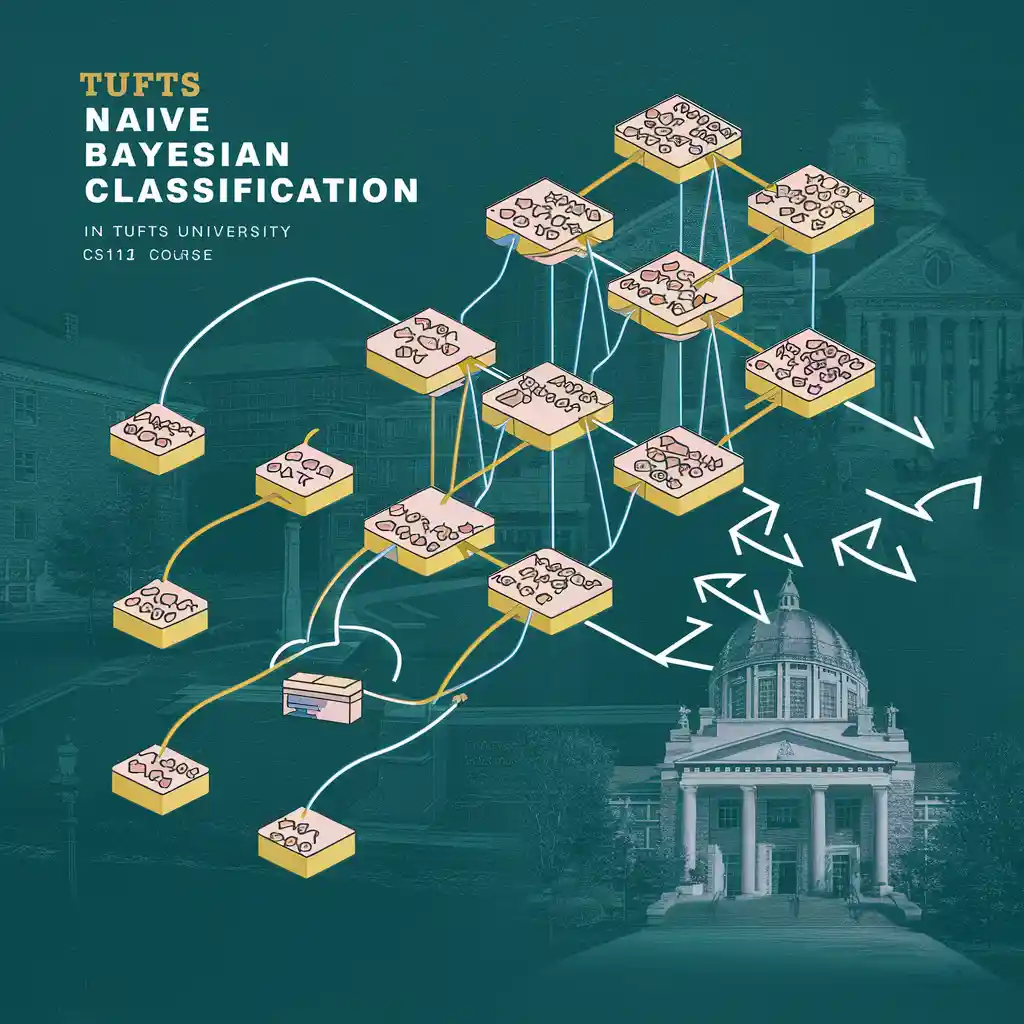Tufts CS131: Understanding Naive Bayesian Classification

Naive Bayesian classification is a fundamental machine learning algorithm covered in tufts cs131 naive bayesian classification, a course that introduces students to key concepts in artificial intelligence and data science. This probabilistic classifier, based on Bayes’ Theorem, is widely used for spam filtering, sentiment analysis, medical diagnosis, and other classification tasks due to its simplicity and efficiency. Despite its “naive” assumption of feature independence, the algorithm often performs remarkably well in practice. In this article, we’ll explore the mathematical foundations of Naive Bayes, its implementation in real-world applications, common variations of the algorithm, and its strengths and limitations as taught in the Tufts CS131 curriculum.
1. The Mathematical Foundation of Naive Bayes
At the core of Naive Bayesian classification lies Bayes’ Theorem, which calculates the probability of a hypothesis given observed evidence. The theorem is expressed as:
P(Y∣X)=P(X∣Y)⋅P(Y)P(X)
In classification terms:
-
P(Y∣X) is the posterior probability of class Y given features X.
-
P(X∣Y) is the likelihood of observing X in class Y.
-
P(Y) is the prior probability of class Y.
-
P(X) is the marginal probability of X, often treated as a normalizing constant.
The “naive” assumption simplifies calculations by treating all features X1,X2,…,Xn as conditionally independent given the class Y. This allows the joint likelihood to be expressed as the product of individual probabilities:
P(X∣Y)=∏i=1nP(Xi∣Y)
While this assumption is rarely true in real-world data, Naive Bayes often performs well because classification depends on the most probable class rather than precise probability estimates.
2. Implementing Naive Bayes in Python (CS131 Approach)
In Tufts CS131, students typically implement Naive Bayes using Python libraries like scikit-learn or from scratch to deepen their understanding. Here’s a breakdown of the implementation steps:
-
Data Preprocessing:
-
Convert categorical features into numerical values (e.g., “spam” = 1, “ham” = 0).
-
Handle missing data (e.g., using Laplace smoothing for zero probabilities).
-
-
Training the Model:
-
Calculate prior probabilities P(Y) for each class.
-
Estimate conditional probabilities P(Xi∣Y) for each feature.
-
-
Making Predictions:
-
For a new sample, compute the posterior probability for each class using Bayes’ Theorem.
-
Assign the class with the highest probability.
-
A simplified Python implementation using scikit-learn:
from sklearn.naive_bayes import GaussianNB from sklearn.datasets import load_iris from sklearn.model_selection import train_test_split # Load dataset data = load_iris() X_train, X_test, y_train, y_test = train_test_split(data.data, data.target, test_size=0.2) # Train Naive Bayes model = GaussianNB() model.fit(X_train, y_train) # Evaluate accuracy = model.score(X_test, y_test) print(f"Accuracy: {accuracy:.2f}")
3. Variations of Naive Bayes (Covered in CS131)

Tufts CS131 explores different variants of Naive Bayes, each suited for specific data types:
-
Gaussian Naive Bayes:
-
Assumes continuous features follow a normal distribution.
-
Used in medical diagnosis (e.g., classifying diseases from lab results).
-
-
Multinomial Naive Bayes:
-
Best for discrete counts (e.g., word frequencies in text classification).
-
Commonly applied in spam detection and sentiment analysis.
-
-
Bernoulli Naive Bayes:
-
Designed for binary features (e.g., presence/absence of words).
-
Useful for document classification where word occurrence matters more than frequency.
-
Each variant modifies the likelihood estimation while retaining the core Naive Bayes structure.
4. Strengths and Limitations (CS131 Discussion)
Strengths:
✔ Computationally Efficient: Works well with high-dimensional data (e.g., text).
✔ Requires Minimal Training Data: Performs decently even with small datasets.
✔ Handles Irrelevant Features: Robust to noise due to probabilistic nature.
Limitations:
✖ Naive Independence Assumption: Features are rarely independent in reality.
✖ Zero-Frequency Problem: If a feature category doesn’t appear in training, its probability is zero (solved with Laplace smoothing).
✖ Poor Calibration: Probability estimates are less reliable than more complex models (e.g., Random Forests).
Despite these limitations, Naive Bayes remains a baseline model in many classification tasks due to its speed and interpretability.
5. Real-World Applications (CS131 Case Studies)
Tufts CS131 highlights several practical uses of Naive Bayes:
-
Spam Filtering (Gmail, Outlook): Classifies emails as spam/ham based on word frequencies.
-
Medical Diagnosis: Predicts diseases from symptoms and test results.
-
Sentiment Analysis: Determines if a product review is positive or negative.
-
Recommendation Systems: Filters content based on user behavior (e.g., news categorization).
These applications demonstrate how a simple algorithm can solve complex problems efficiently.
Conclusion
Naive Bayesian classification, as taught in Tufts CS131, is a powerful yet straightforward machine learning technique that balances theoretical elegance with practical utility. While its simplifying assumptions limit its performance in some scenarios, its speed, scalability, and effectiveness in text-based tasks make it a staple in AI education and industry applications. By understanding its probabilistic foundations, implementing it in code, and recognizing its trade-offs, students gain a versatile tool for their data science toolkit. Future explorations might compare it with more advanced models (e.g., Logistic Regression, Neural Networks) to appreciate its role in the broader ML landscape.




